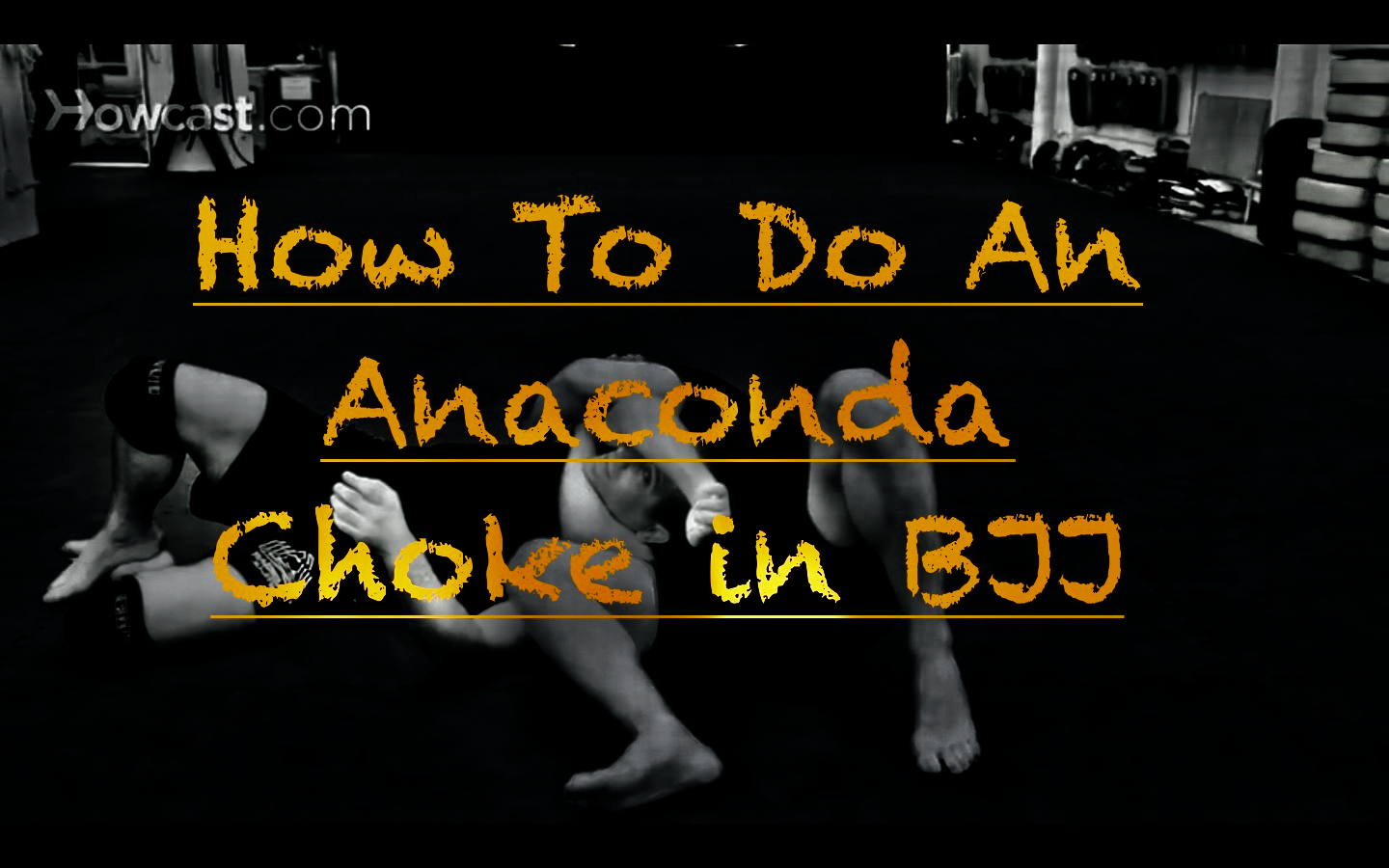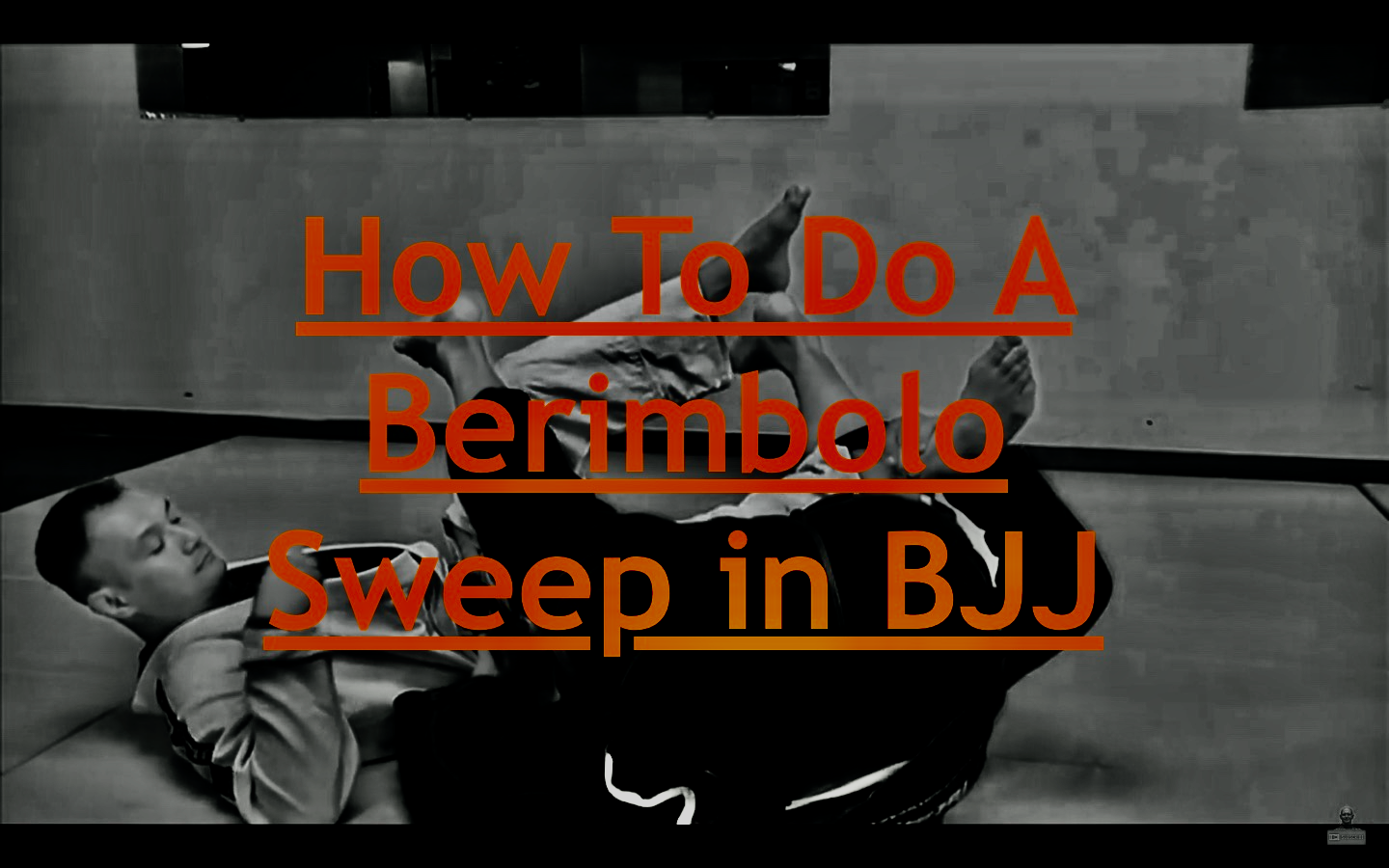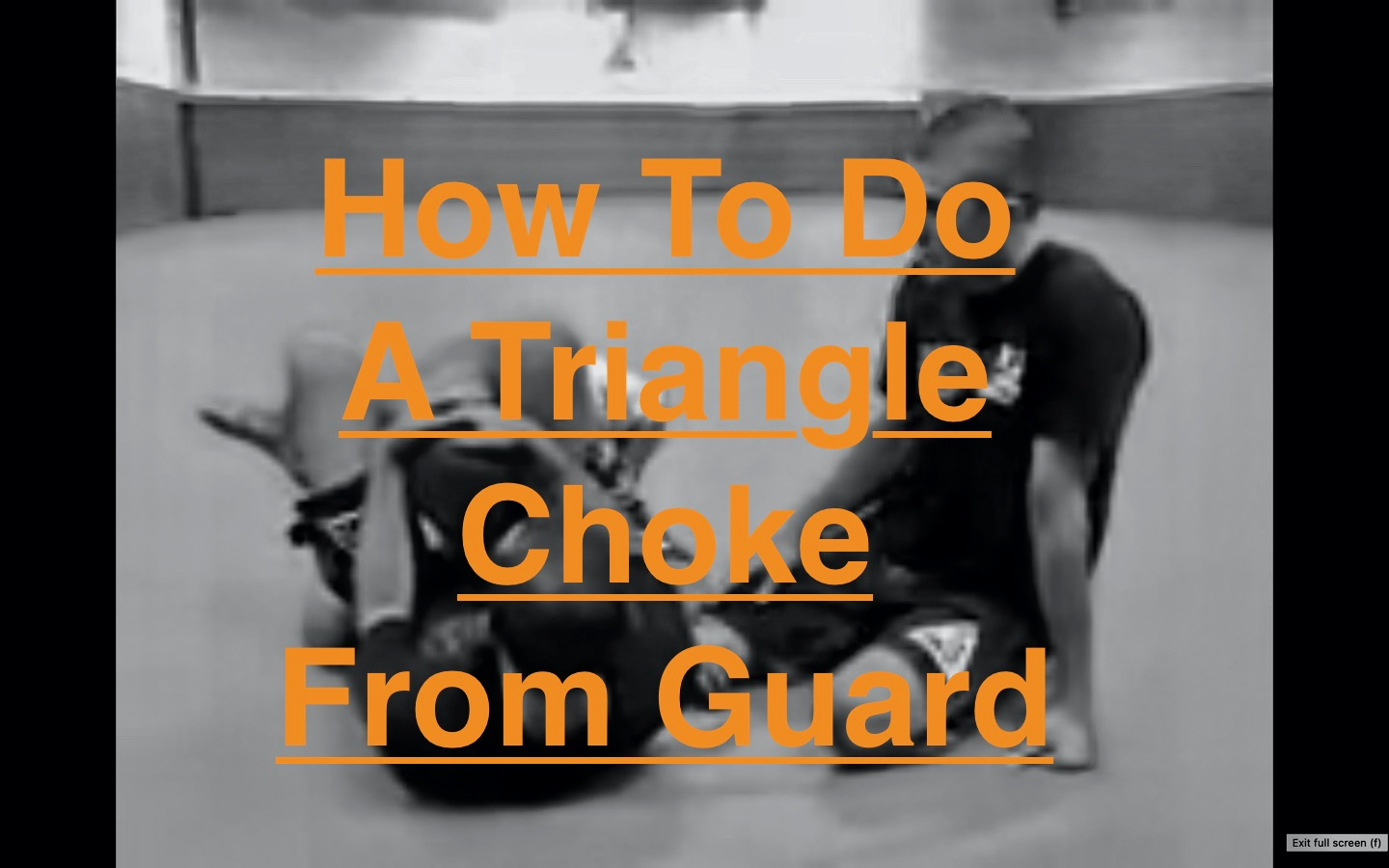Bachelor contestant Susie showed why she’s the obvious choice for Clayton tonight when her choice for a date during Hometowns was to bring The Bachelor to her BJJ gym (which from her Instagram looks to be Breakaway Jiu-Jitsu and Self Defense in Newport News, VA). Shoutout to Susie for showing Jiu-Jitsu some love while she’d on her own quest for love.
Susie, who is a blue belt in BJJ, brought Clayton in to see what makes her the best woman on the show. She brought Clayton in for an introduction to BJJ where he learned an arm bar, what seemed like a rubber guard style triangle for inflexible people, and most importantly: the shrimp!

Then Susie showed off that she’s a badass and showed him a mean triangle from guard.

Susie’s love of BJJ is proof that Clayton is a toe-head moron if he doesn’t choose her. She can face adversity, fight through pain, is unafraid of uncomfortable positions, likes getting choked, is in great shape, knows what to do with her body, and most importantly (and unique to a BJJ practitioner) she is comfortable with having her face smashed into dirty, stinky mats by stinky people. So he can get real lax with showering and not risk grossing her out, every man’s dream!
Via @susiecevans Instagram.









